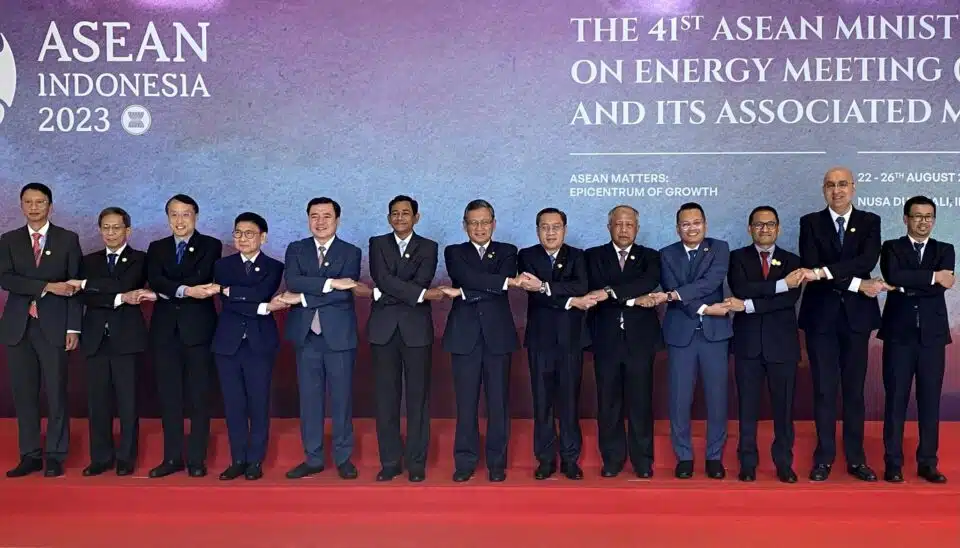BALI, Aug 25 — Malaysia and Indonesia have agreed to jointly develop a feasibility study for the Sumatera Indonesia – Peninsular Malaysia interconnection line.
To do so, Tenaga Nasional Bhd (TNB), Indonesia’s State Electric Company PT PLN (Persero) and Asean Centre for Energy (ACE) have sealed a memorandum of understanding (MoU) to embark on the feasibility study for the interconnection line, which if it materialises, will be the first subsea cross-border interconnection in the region.
The MoU was inked during the 41st Asean Ministers on Energy Meeting (AMEM-41), witnessed by regional ministers with Natural Resources, Environment and Climate Change Minister Nik Nazmi Nik Ahmad, representing Malaysia.
Nik Nazmi said the Sumatera Indonesia – Peninsular Malaysia interconnection idea was proposed many years ago, but then took a back seat.
Therefore, the MoU showed significant advancements are happening between the two countries and is set to create a win-win cooperation.
“Now, with higher energy prices and (growing) demand for renewable energy (RE), we believe the interconnection is viable,” he said to the press after the signing ceremony.
The study will cover economic feasibility, investments in the facility required, development support, policy implementation, preliminary environmental impact, as well as technical aspects.
On top of that, Sabah Electricity Sdn Bhd, ACE and PT PLN (Persero) have also jointly inked a MoU to establish a feasibility study with a similar scope for the Kalimantan – Sabah region.
The aim is to achieve Sustainable Energy Security Interconnectivity in the Brunei, Indonesia, Malaysia and the Philippines (BIMB) areas.
“The MoU for Sabah and Kalimantan interconnectivity also goes both ways. Sabah has great requirements, while Indonesia is also building its infrastructure for Kalimantan with its new capital establishment. The first buildings will be occupied as early as next year.
“So, that will be another important vertical that boosts that project,” Nik Nazmi said.
Sabah is also working on new RE plants with more potential supply will be in the market.
“Starting next year, we will hand over those powers to the state government. So, we want to ensure the electricity infrastructure, the plans are really up to standard (to support) demand for Sabah, particularly in the East Coast,” he said.
The feasibility study is expected to take a few years to be completed.
TNB has also established a MoU with SP PowerAssets Ltd (SPPA) to conduct technical feasibility studies on the proposed development of a second power interconnection facility between Peninsular Malaysia and Singapore.
TNB president and chief executive officer Datuk Baharin Din said the MoU serves as a foundation for broader regional integration of renewable energy, bringing the region closer to the aspiration of a cohesive Asean Power Grid.
“Such integration also facilitates more multilateral power trade within Asean, reflecting our commitment to regional energy cooperation,” he said.
The MoU is for a three-year period.
— Bernama





